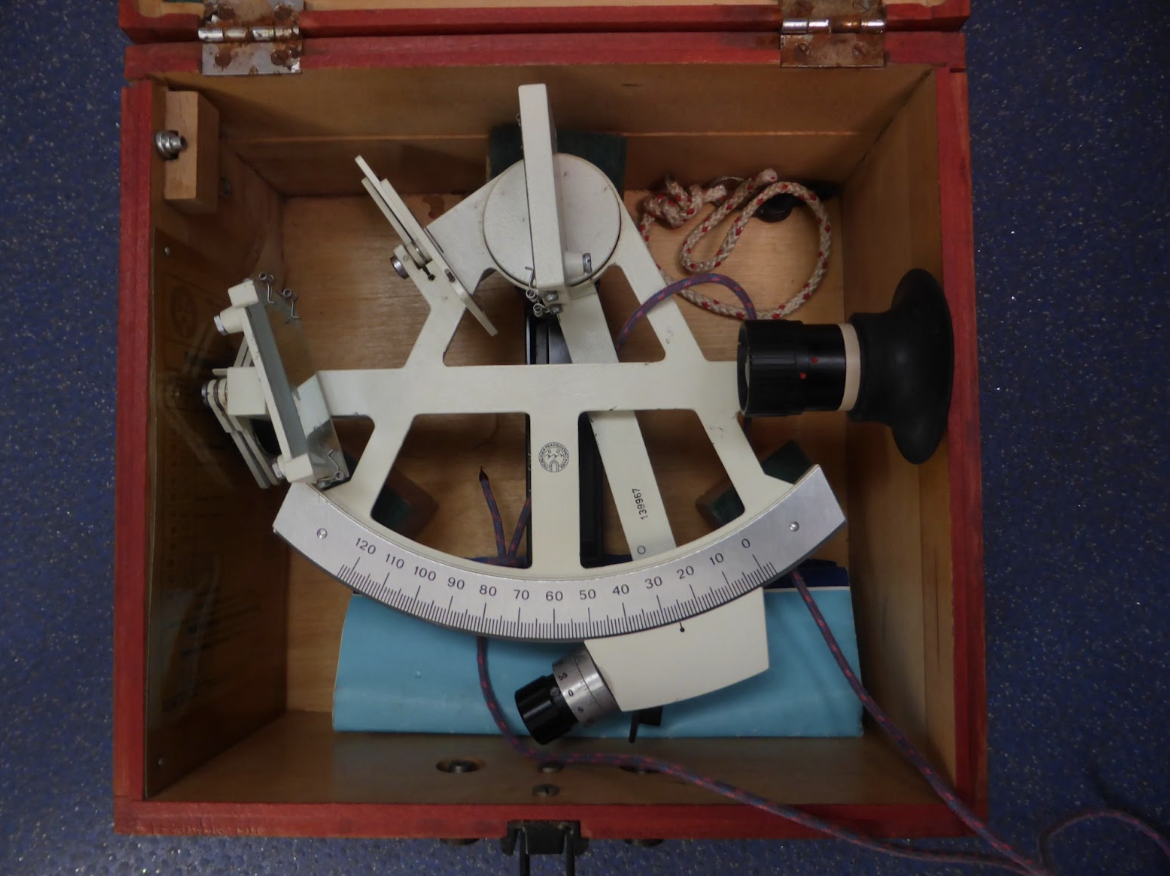The 8 Essential RYA Knots Every Sailor Should Know
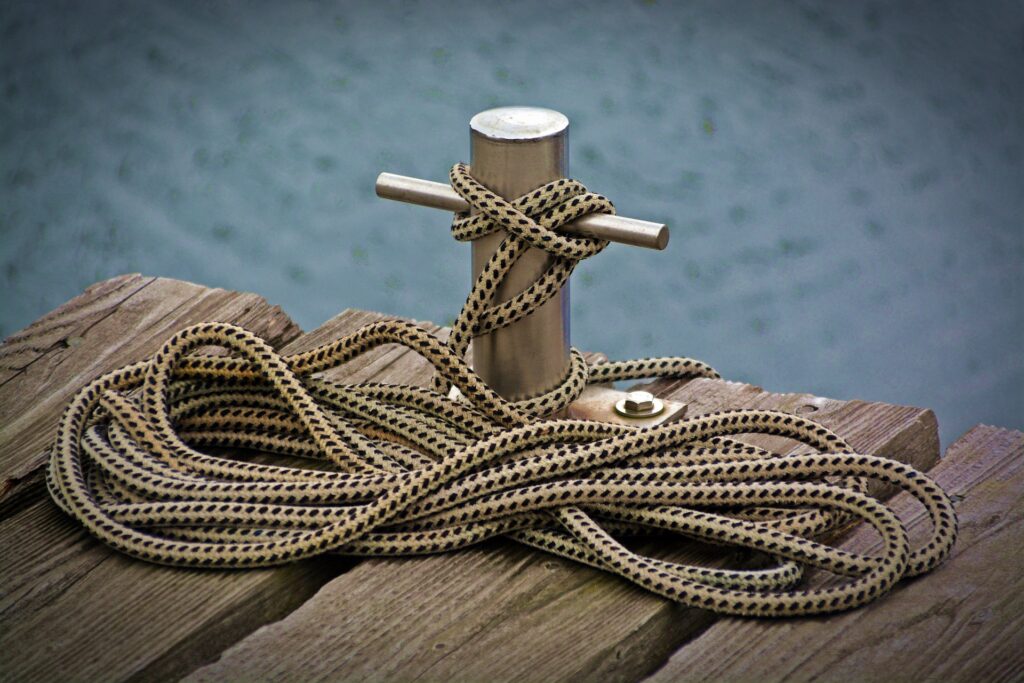
As a sailor, knowing how to tie knots is essential for the safe and successful operation of your vessel. There are hundreds of knots, but only a handful are really essential for sailing. In this blog post, we’ll cover the 8 essential RYA knots every sailor should know and how to tie them. These keys knots feature in our RYA Day Skipper Theory course, available online today.
1. Bowline Knot

A bowline knot is a highly useful knot to know for several reasons, making it an essential skill for sailors, climbers, and outdoor enthusiasts alike. Here are some of the main reasons why the bowline is so valuable:
- A secure fixed loop: The bowline creates a secure, fixed loop at the end of a rope, which can be used for attaching to other ropes, sails, cleats, railings, anchors… the list goes on! This fixed loop does not slip or bind under load, ensuring a stable and reliable connection.
- Easy to untie: Despite its strength and stability, the bowline is relatively easy to untie, even after being subjected to heavy loads or tension. This feature makes it practical for situations where a knot may need to be adjusted or removed quickly.
- Versatility: The bowline knot is versatile and can be used in various applications, it is often used to secure halyards to the sail, sheets to the boom and lanyards to a fender. In climbing and rescue scenarios, it can be employed to create secure attachment points for harnesses, anchors, or other gear.
2. Clove Hitch
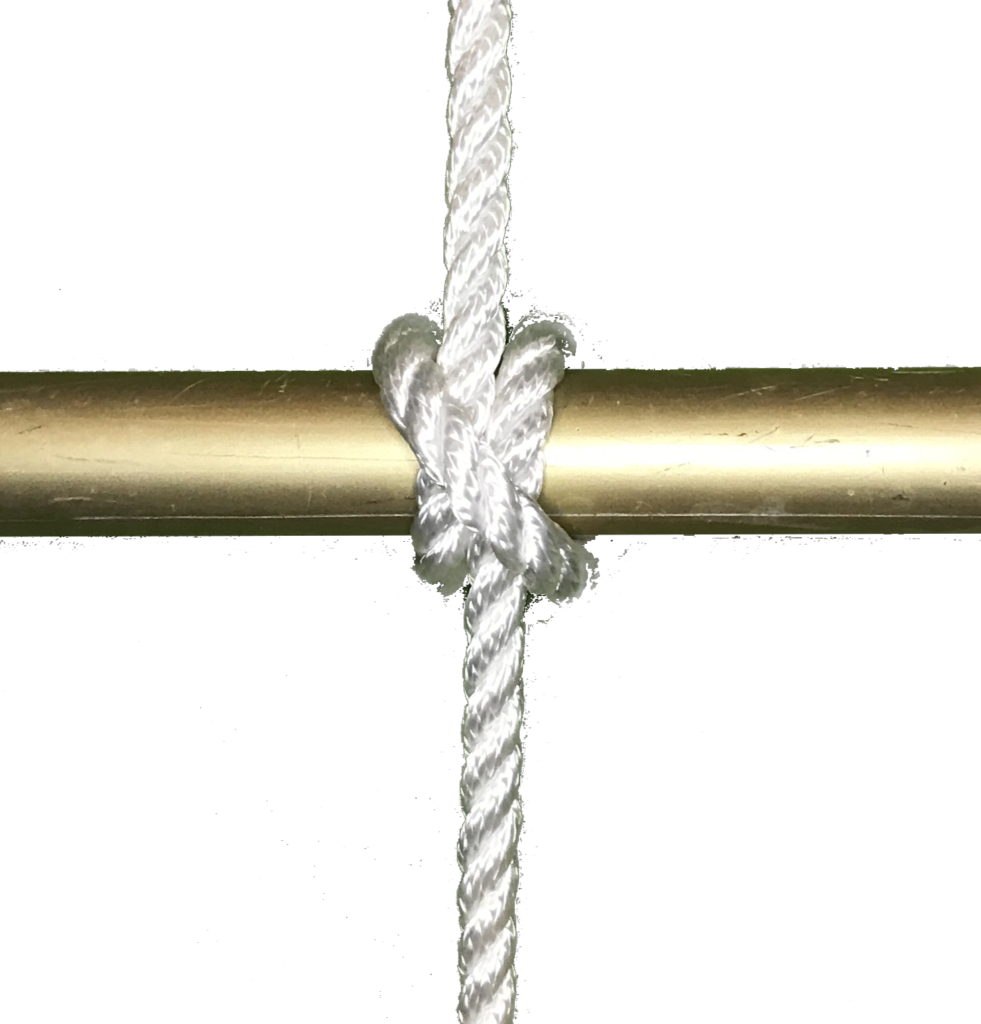
The Clove Hitch knot is a versatile knot with a variety of applications. When used in sailing, it is typically used to tie the end of a line to an object such as a guardrail. Here are three points to be aware of when using the Clove Hitch knot in sailing:
- Adjustable: The Clove Hitch is an easily adjustable knot. This can be really useful in different situations. For example if approaching a pontoon and the height of the fenders needs to be raised or lowered.
- Easy to tie and untie: The Clove Hitch is a knot that can be tied or untied quickly and easily, valuable when working on a boat and needing to attach a line securely and quickly.
- Limitation: Although the clove hitch has many uses around the boat it is less secure than other knots such as a Round Turn & Two half hitches (Knot 6 below) Check out the video below to learn how to tie the clove hitch knot.
3. Figure of Eight Knot
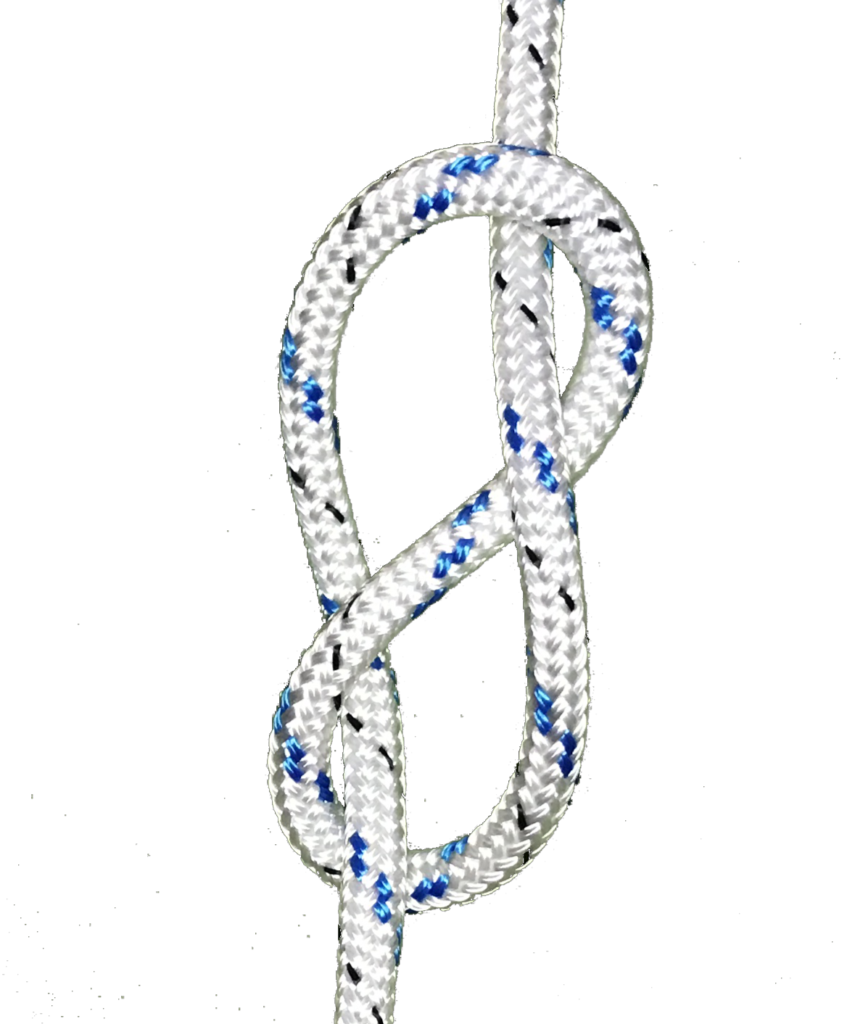
The Figure of Eight Knot is a common knot used in sailing and boating. It is typically used to create a stopper knot at the end of a line or to attach a line to an object. Here are three points that show the value of the Figure Eight Knot in sailing:
- Secure and Reliable: The Figure Eight Knot is a secure and reliable knot that can handle significant loads as use as a stopper knot. It is less likely to slip or come undone compared to other knots, making it a dependable use as a stopper.
- Easy untie: Despite being able to handle significant loads as a stopper knot it is still easy to undo, even if it has been used as a stopper knot for years!
- Limitations: If not sufficiently tightened or too near the end of a line its could work itself loose. Check out the video below and learn how to master the figure of eight knot.
4. Sheet Bend
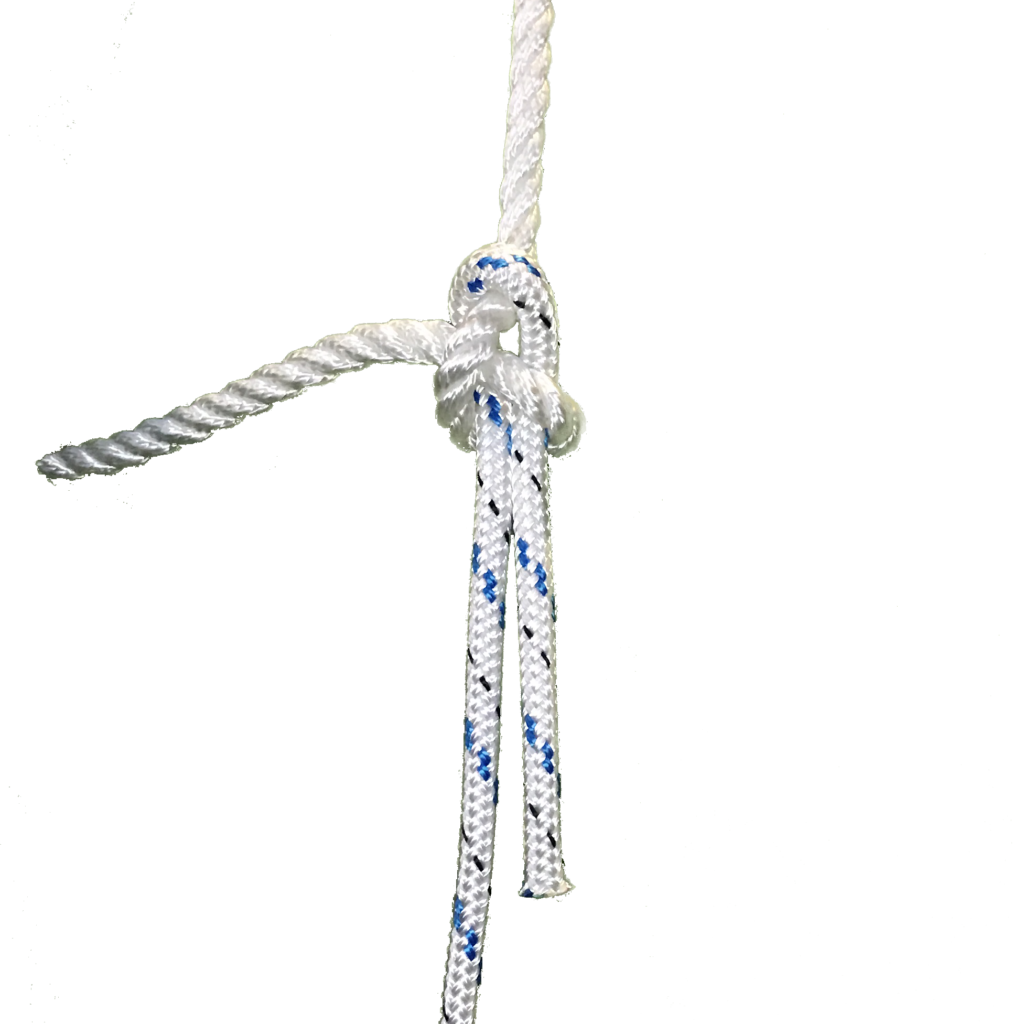
The Sheet Bend Knot is a common knot used in sailing and boating. It is typically used to join two lines together, especially when the lines are different sizes or materials. Here are some key points about using a sheet bend in sailing:
- The sheet bend is used to connect the ends of two lines with different diameters or materials. This makes it suitable for uses such as connecting a heaving line to a large mooring warp or a tow line.
- Strong and Reliable: The Sheet Bend Knot is a strong and reliable knot that can handle significant loads. It is designed to maintain its strength even when the lines being joined are different sizes or materials. It has the same structure as a bowline and shares its strengths and weaknesses.
- The Sheet bend – also known as the Common Bend, Flag Bend or Becket Bend. Check our how to tie it here:
5. Rolling Hitch

The Rolling Hitch Knot is another common and extremely useful knot used in sailing and boating. Its three main features:
- Similar to a clove hitch but with an extra turn. This allows the knot to have grip strength and stops it from slipping when being pulled from the side.
- It can be used for tying onto lines under tension, this can allow a line under load to be removed from a winch without easing the tension of the line. It can also be used to tie a knot to a vertical object, such as a metal shroud
- Easy and quick to tie. Chances are you may need a rolling hitch to free a jammed line under load or a riding turn on a winch. As long as you keep well practiced its a quick, easy and useful knot that can help get out of a potentially tricky situation!
6. Round Turn & Two Half Hitches Knot

The Round Turn & Two Half Hitches Knot is typically used to attach a line to a post, piling, guardrail or other object. Here are three points that show the value of the Two Half Hitches Knot in sailing:
- Secure and Reliable: Done correctly this knot should not slip or loosen easily. this makes it a very secure knot for tying lines that may take considerable load.
- Able to tie and untie under load: Because the round turn part of the knot is taking the load, the two half hitches can be tied or untied whilst there is still load on the knot. This also means it can be tensioned before tying if needing to lash an object tightly (such as a dingy to you deck). or untied if there is still tension on the line, like a mooring warp to a post.
- Although it is a strong and secure knot, it is less easy to adjust than other types of hitch such as a clove hitch.
7. Reef Knot

The Reef Knot, also known as the Square Knot, is used to tie two ends of the same line together, such as when securing a reefed sail to the boom.
- Originally used to reef a sail to the boom. They are now less common on modern yachts which now pull the clew and the tack to create tension along the foot of the sail.
- Can be easy to get wrong!
- While the Reef Knot is a valuable knot for tying two ends of the same line together, it should not be used to tie two lines of different sizes or materials, as it can become unstable and slip under tension.
8. Double Sheet Bend Knot

The Double Sheet Bend Knot is much the same as the sheet bend above, except with an extra turn. Benefits of a double sheet bend over a single sheet bend:
- The double sheet bend is more secure when the two lines being tied together are of greater difference in thickness.
- Added surface area between the two lines creates more friction and therefore a more secure knot to join two lines together.
Knowing how to tie essential knots is a critical skill for any seafarer. By mastering these 8 RYA knots from the RYA Day Skipper syllabus, you will be well-equipped to handle a variety of situations on the water. Whether you need to secure your boat to a post, attach a line to a cleat, or prevent a line from slipping through a block, these knots will come in handy. Practice tying these knots until you can do them quickly and confidently, and don’t forget to regularly inspect your lines and safety gear for any signs of wear and chaff, to ensure they are in good working condition.
Like what you have learned? Sign up to our FREE TRIAL to learn more essential skills to get you out on the water.


